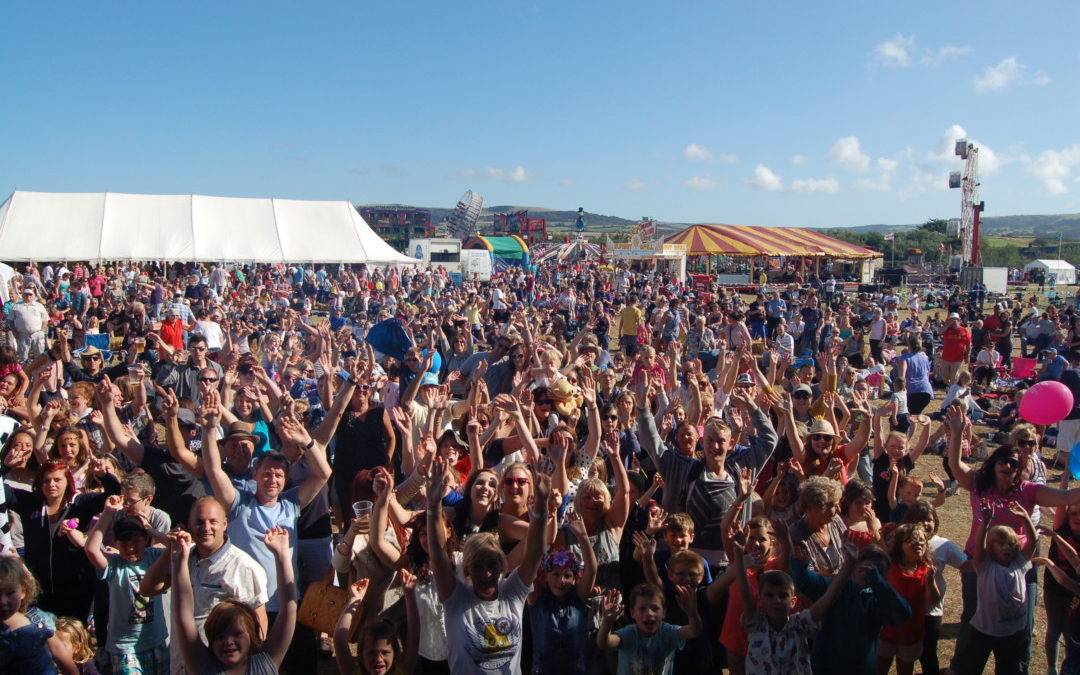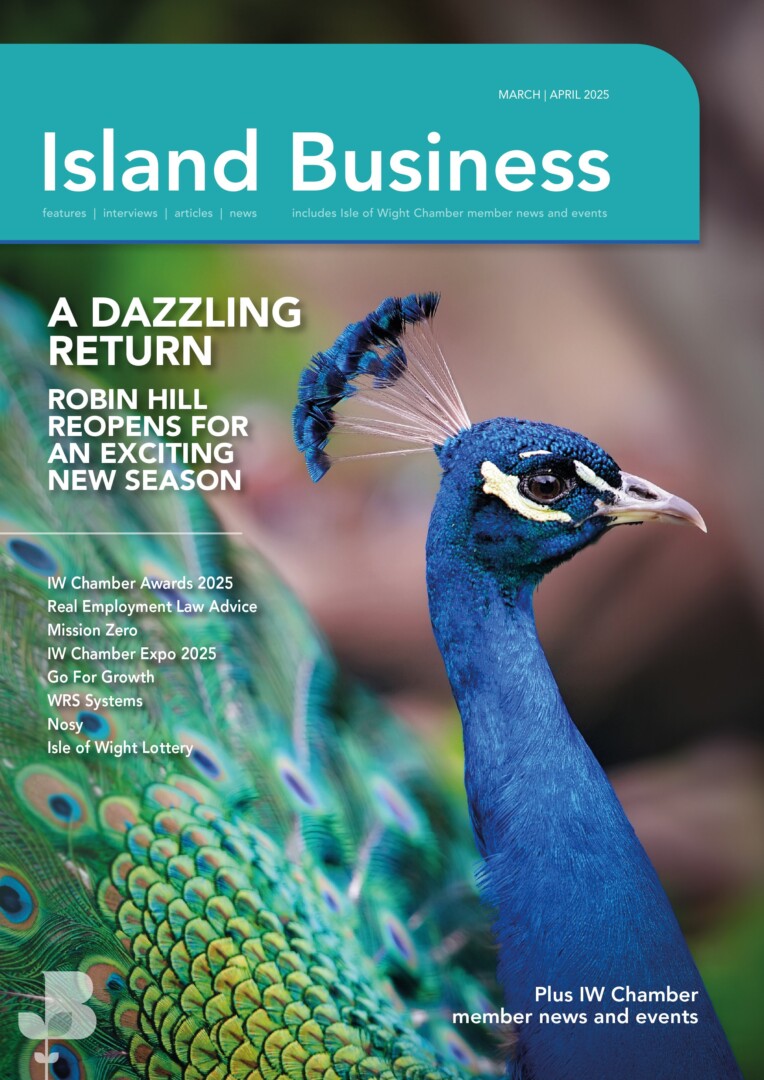Events are a rewarding but risky business. They’re a vital part of the tourist economy but also weather dependent and there’s a lot of competition out there. What makes the Garlic Festival such a success? We go behind the scenes at the Island’s biggest summer show.
For a few months in 2007 it looked like the Garlic Festival had had its day. The team who had been running it for over twenty years had decided that they didn’t want to do it any more. After a few months of meetings a new plan was put in place and, in August, the show did go on, run for the first time by Island businessman David Holmes.
David’s business background is in air freight, funerals and property development. He describes running the Garlic Festival as “an on-going, part time job” and admits that he drifted into it, seeing “nothing” in it at first. “Colin Boswell knew it was good for the Garlic Farm and lots of other Island businesses and charities saw value in it,” he explains. “A kind of emergency help committee was formed and my name was suggested by the council. I went along half-heartedly with time running out. I thought, well it’s been successful, how hard can it be to keep it going? I agreed to underwrite the losses and set up the company and it started there.”
David took on an organisation based around volunteers who, luckily, were generally happy to continue doing what they’d done before. “It’s all quite informal and casual,” he says, explaining that the management team is basically Laura Stocker and himself, with Alex Dyke looking after the music. “Laura poked her nose in and immediately became shackled to the administration of it. We like that. People come along now and we invite them to get involved.”
The first show for was a learning experience. “We really did muddle through it,” he says. “Once it was over, I knew what I really wanted to do to improve it.” Since then the show has continued to evolve. David describes it as “like a big summer fete, only more business-like,” although from a business point of view it has the complication of only trading for two days each year. The team has considered opening for longer. “Visitor numbers are usually around the 20,000 mark over the weekend”, explains David. “If you think of the population of the Island that’s quite a significant number of people in a field on an August weekend.”
“The charities and good causes that we support effectively get paid by donation. They turn up and do things, whether that’s running the car park or selling sweetcorn. As much as we can we like the staff to be from charities who are enlisting volunteers – whether that’s picking up litter, cleaning loos or taking money on the gate. I think it works really well. We get approached by organisations who want to be able to come to the event to raise money and their profile. It makes me feel good. Even if the event doesn’t make a fortune I know it’s important to all these people as well as the people who come through the gate.”
The team’s research shows a 50/50 split between visitors from the Island and the mainland. They try and encourage as many local businesses as possible. Each year there are up to 250 traders on-site with around 150 in the Arts and Crafts tent.
“We try to be fair,” says Laura Stocker. “If there is an Island business that does the same thing as a business from the mainland, we take the Island company and give them a chance. Some of the mainland traders come to the show and then bring along extended family and making the most of the Island by staying on for a week’s holiday. That must be good for tourism! Lots of our traders have been coming for years and they are very loyal. We still get new people every year though and the traders talk at other shows and spread the word.”
David says that one of the biggest challenges is to keep people coming back each year. “I like to think we exceed expectations and give value for £8. People have a great in-built sense of value. It burns deep within us to be better each year, with more entertainment and something unexpected. In 2013 we ran a proper Food Theatre Kitchen for the first time. We’re already talking to The Hambrough about this year.”
“It starts with the garlic but it’s also so much more,” says Laura. “We have ideas about changing this and that but we always come back to the fact that it’s about people getting together, getting excited about food and enjoying being out in the summer sunshine”.
“It costs around a hundred thousand pounds to put the Garlic Festival on,” says David. “A reasonable percentage of that comes back from the traders – so the risk is about 60% on the gate. If it rains for two days then it’s not for the faint hearted. I didn’t see much chance of that happening in the beginning – but of course since then we’ve had lots of rain and I’m a bit more weather sensitive than I used to be!”
“When it’s actually happening and the visitors are there I can’t quite believe how we managed to put this show on,” says Laura. “There are so many small things that need to happen for just two days. There are so many family and friends that help out over the weekend. It’s a big task and the weeks leading up to the show are pretty stressful but it is good fun.”
David is very positive about the future. Eight years down the line, he puts the success of the show down to a mixture of team work and good luck.
“You’ve got to work hard in life but you can’t succeed without luck. I manage the show on the weekend by walking around the site. Managers generally shouldn’t be stuck in offices and businesses are about people. All I ever care about is that I’m enjoying it and that it breaks even. I always think making money is a consequence of doing something right. The Garlic Festival does make money thankfully. It’s alive and well and I’m confident it will be around for a long time to come.”
First published in the March 2014 issue of Island Business magazine.



